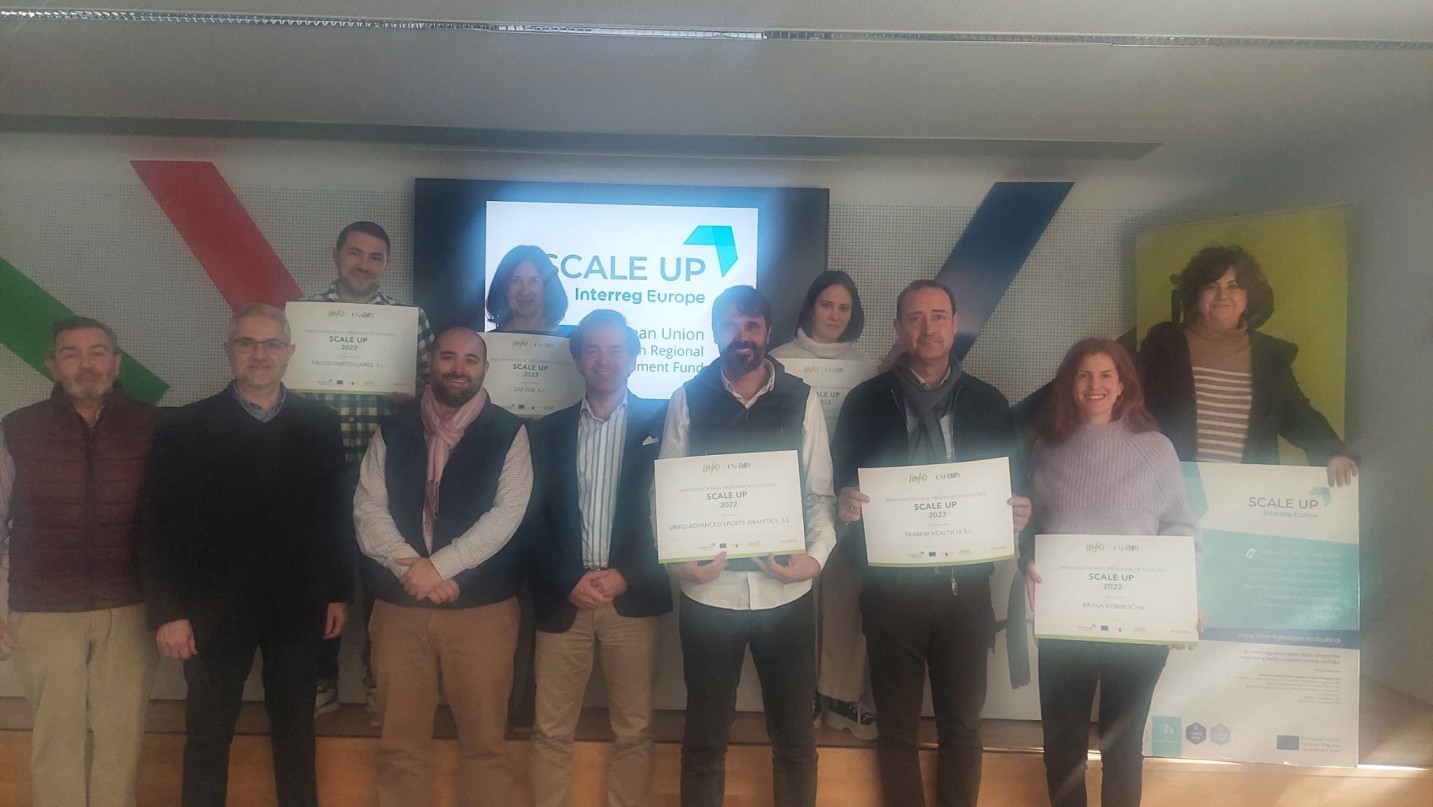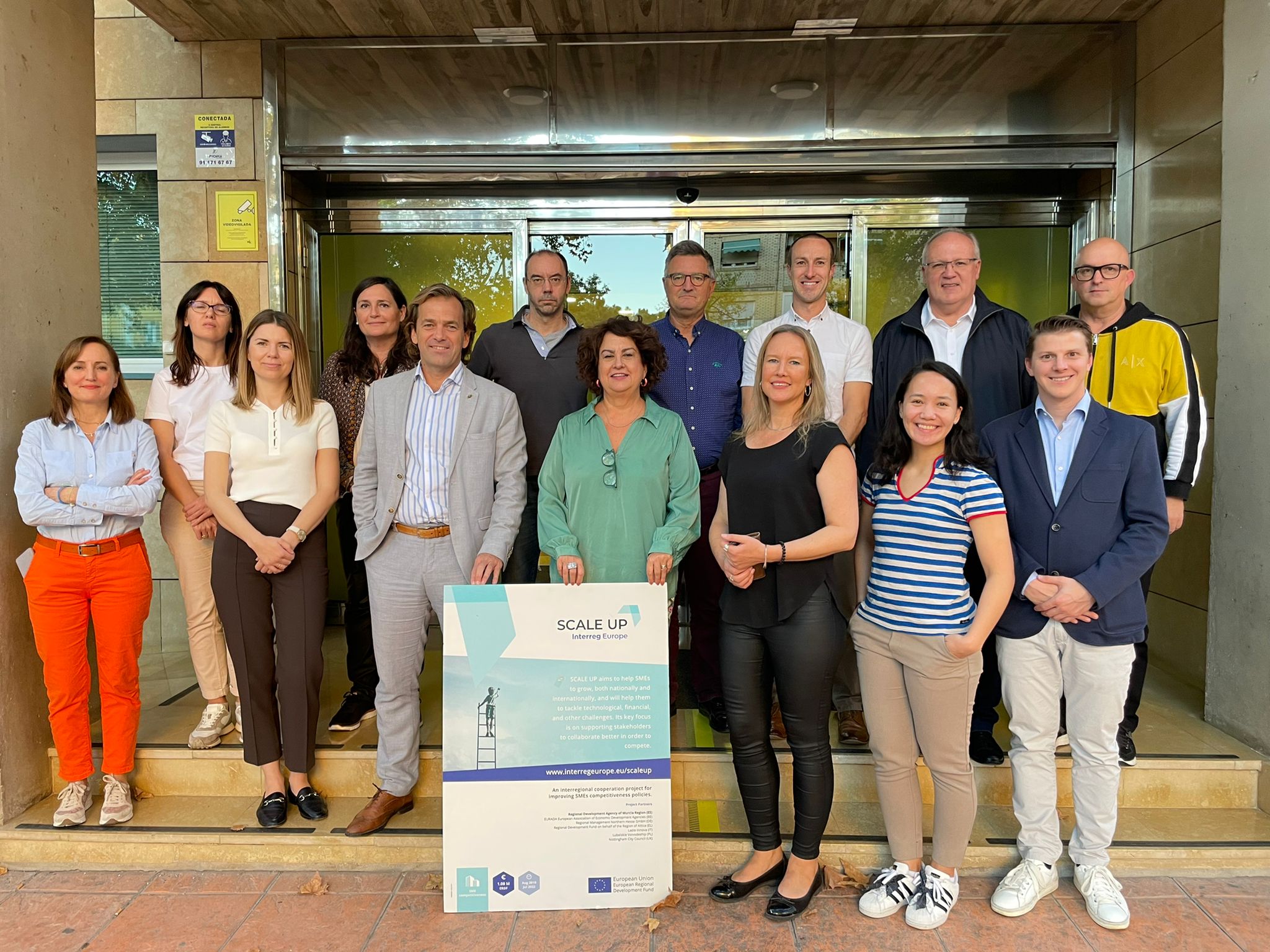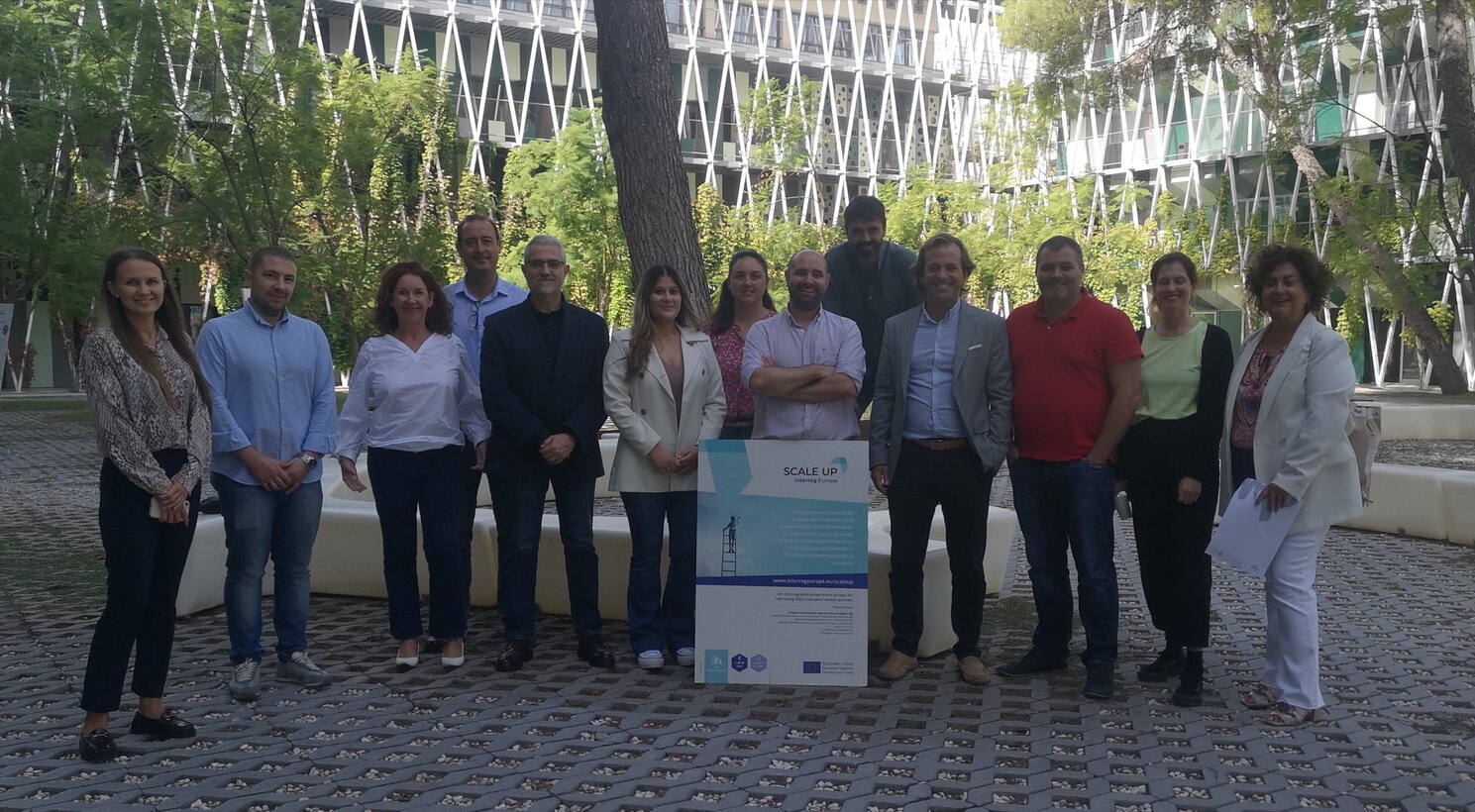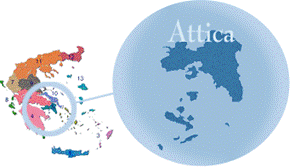Re-thinking the concept of online collaborations
During our online meetings in this period of quarantine, we often make the mistake of copying what we usually do in face-to-face meetings. While this may be born out of habit, it does bring about certain mismatches in terms of actions and reactions. We should instead look at which actions are best suited for online meetings and which should be saved for face-to-face meetings!
By attending several online meetings, we realized that the “digital collaboration strengths” tend to be on the opposite side of the “in-person collaboration strengths”. Basically, what is easy and spontaneous to do in face-to-face meeting (such comments, jokes, interruption etc.) seems difficult and tiring in digital meeting.

Below you will find a series of design guidelines showcasing the main polarisation points between in-person and online collaboration processes. Although these observations were taken according to our experience, it would help if they were to be viewed not just as tips to improve online meetings, but rather an invitation to rethink online collaboration in a more in-depth manner so as to come up with an entirely different structure for organising meetings.
- 2 to 3 hour long face-to-face meetings usually foresee one/two short coffee breaks in between. Online sessions should be shorter, taking 30 to 60 min.
- In-person meetings are based on verbal exchanges and natural group speech interactions. Online meetings should use more visuals and rely more on written cues, reducing the dependence on the often less fluid digital connection.
- Face-to-face interaction is based on verbal and physical communication. Online interaction is possible through the chat-box and shared screen. Interactions can happen when the speaker opens the floor for questions or comments during or after their presentation.
- Guidelines for face-to-face meetings aim at being efficient and keeping people focused. Online meetings guidelines should prepare contingency plans or take precautions against the more diluted interaction, distributed attention caused by different local conditions and unexpected disruption in each remote location.
- Physical presence, body language and eye contact are at the core of in-person meetings. With online meetings, participants’ presence is reduced to thumbnail talking heads. A solution to this is to enhance the meetings’ attractiveness through rotating moderation, having surprise guests (if possible and if the context allows), using physical objects such as a timer in additional windows.
- In-person meetings do not allow participants to hide or withdraw, unless they walk out of the room. Online meetings should alternate between different forms of presence: full vision to socialise, audio-only for more focused discussions and image-only for silent breaks.
By analysing our interactions and improving how we collaborate online, we can develop important habits which may eventually become more useful than we thought.
For more information on this topic, please check this website.











